
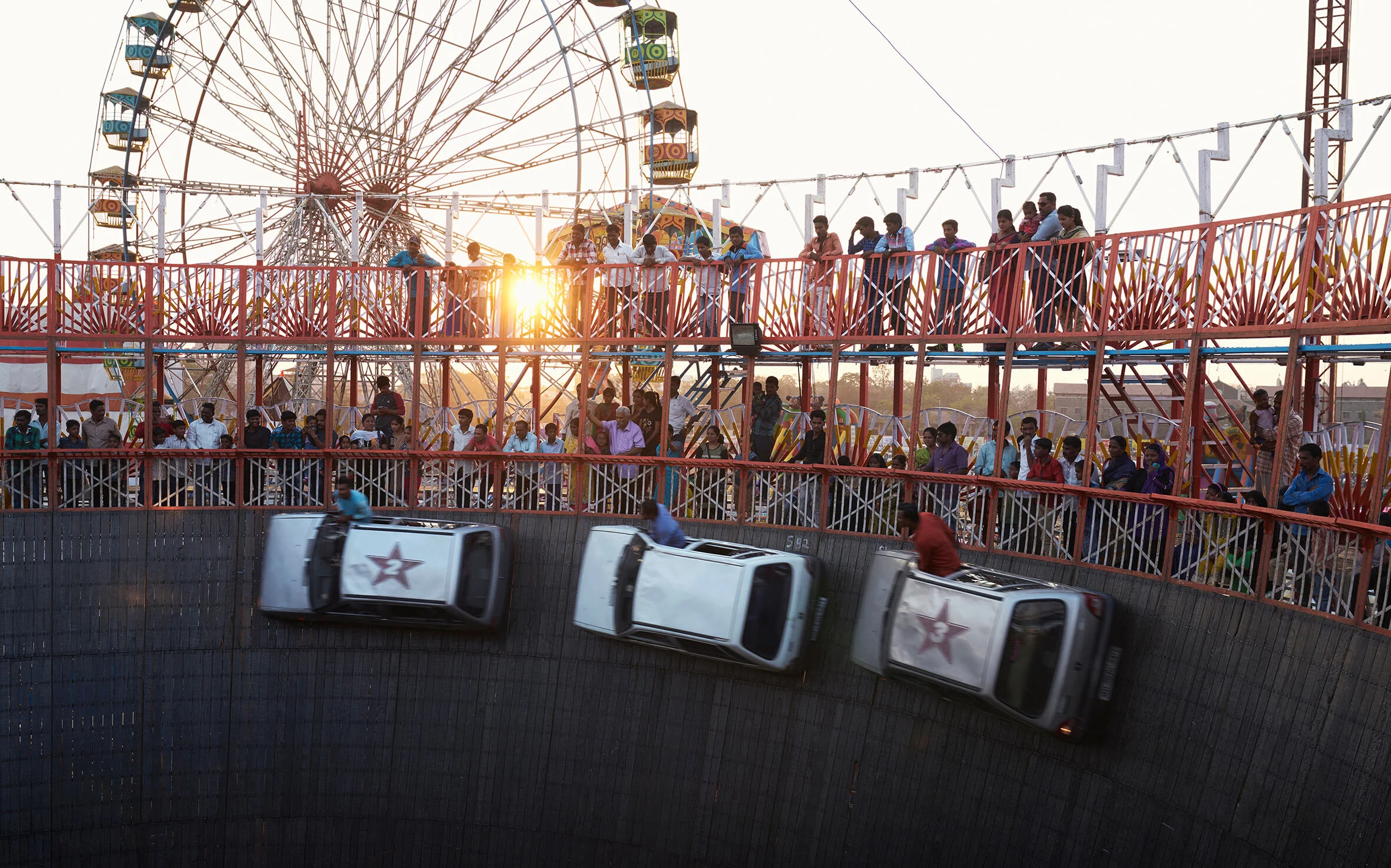
It’s hard to hear the phrase “Well of Death” and not be intrigued. Creative director Gem Fletcher and photographer Ken Hermann were captivated by this traveling Indian tradition – high-octane, low-tech entertainment where cars and motorbikes roar around the vertical sides of a wooden cylinder.
While out shooting on the subcontinent, they also came across a Mumbai school for Mallakhamba – an acrobatic style that involves poles, poise and gravity-defying feats. And so they came back from the trip with not one, but two great series that look at tradition in a fast-changing country.
“Looking back on the projects, they both really speak to community,” Gem says. “They’ve both been around for a really long time, and they both have a family feel, whether it's the community that the school has – that proud passionate love for a sport and a tradition that's been in their culture for a really long time – or the nomadic family of the Well guys on the road together.”
Gem and Ken look back on their experiences and discuss collaboration, sensory overload and the need to avoid clichés.
Shooting in India
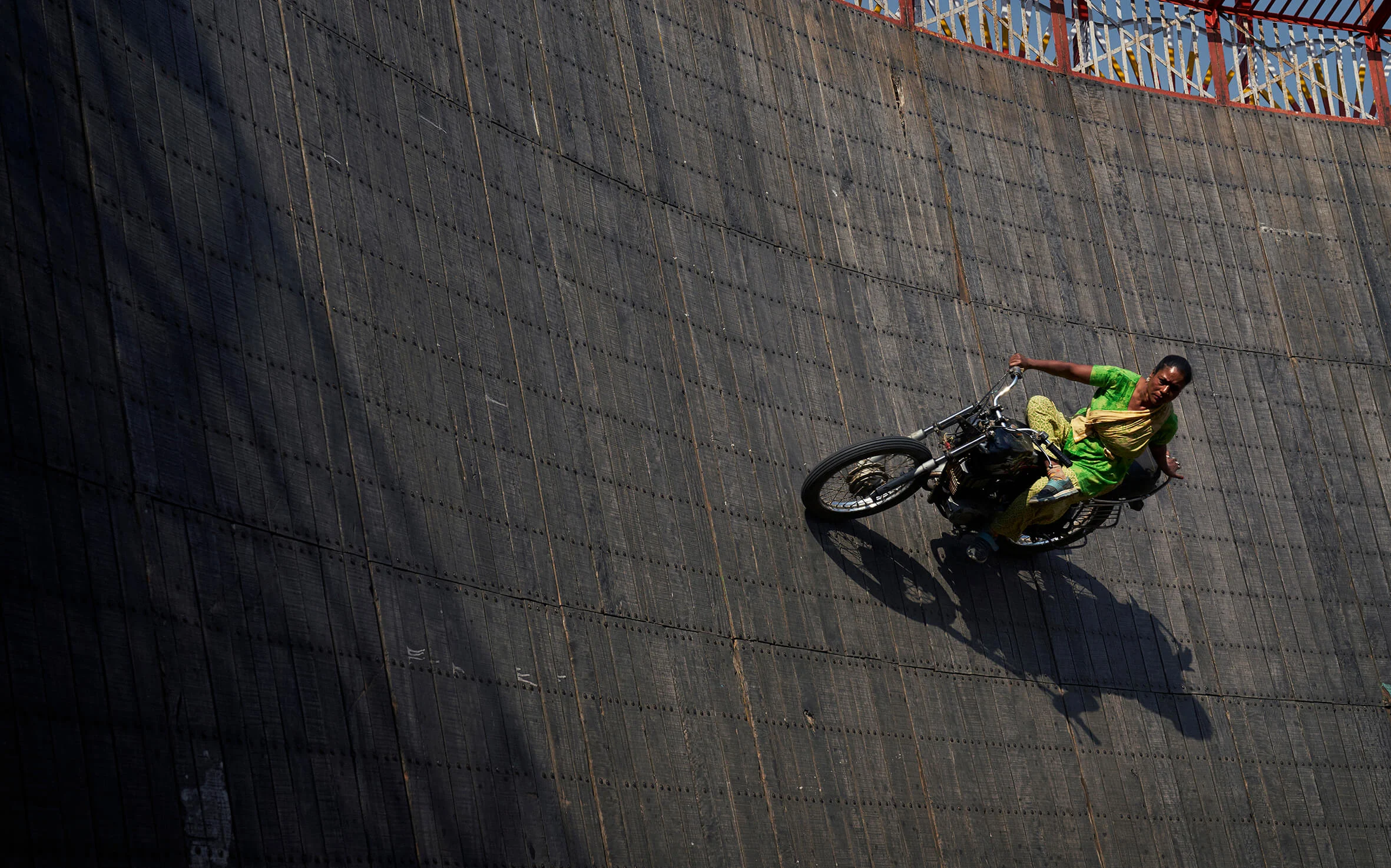
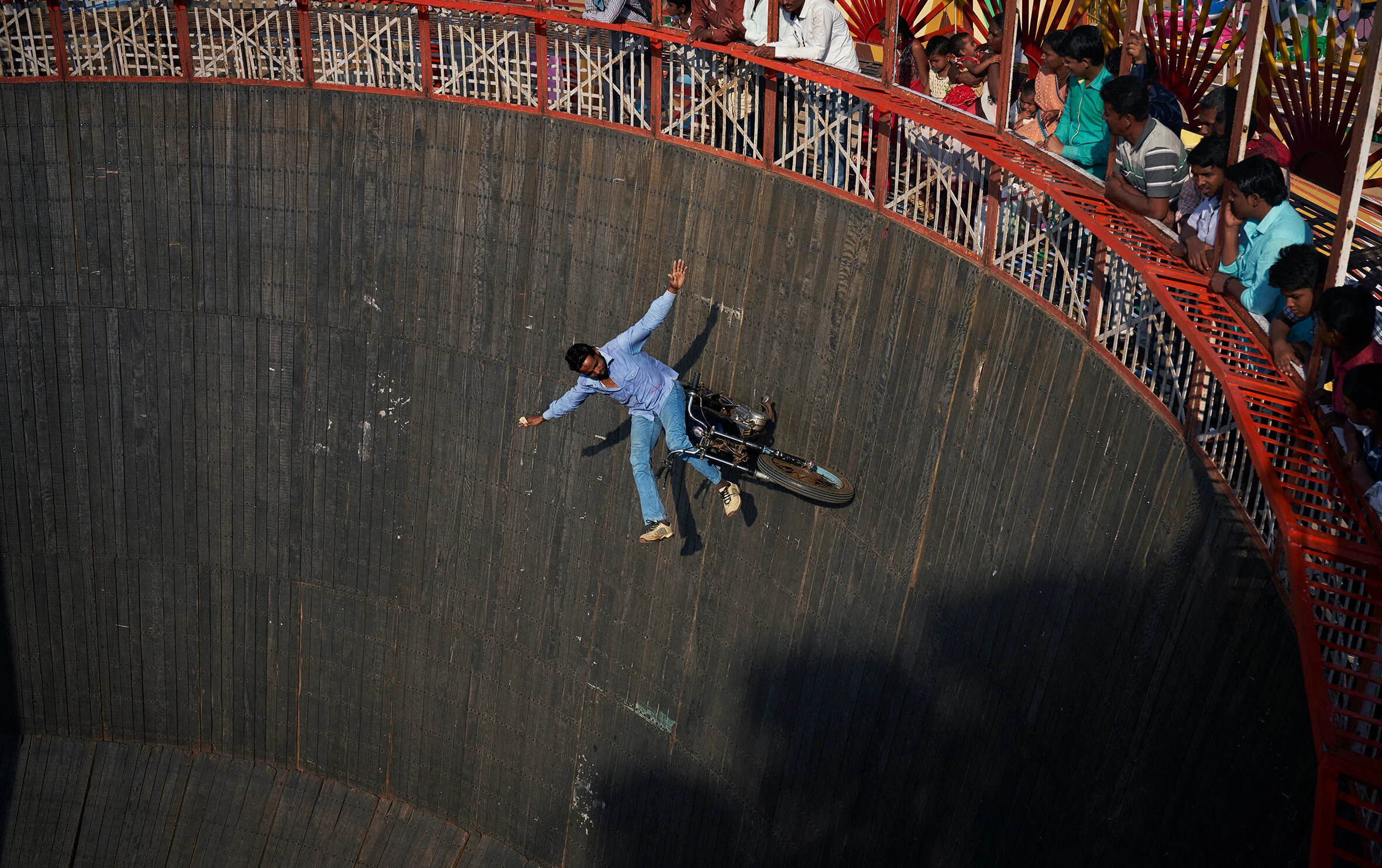
India is just a perfect place for a photographer. You just need to avoid the cliches, of course.
Gem Fletcher: I think you have a really interesting and powerful relationship with India, with its mystery and its culture, and the photographic potential is everywhere when you're there.
Ken Hermann: India is just a perfect place for a photographer. You just need to avoid the cliches.
India is where I bought my first proper camera – an old Minolta with some old lenses on the black market. I didn't decide to become a photographer then, but it was tuning me in. I think something stuck with me about that place, and maybe that's why I go there a few times a year.
GF: You have a real knack for finding stories which speak to a culture, but they are more unusual or unique. I always go back to the Flower Men, because you can't escape flowers when you're in India. And in a way it's right in front of everybody, but nobody's ever shot that.
You have a real ability to find these small but insanely powerful interpretations of a particular culture, which I think makes a broad audience interested in what you're shooting. These stories are so grounded in the everyday, but you then heighten them and elevate them into a more cinematic world.
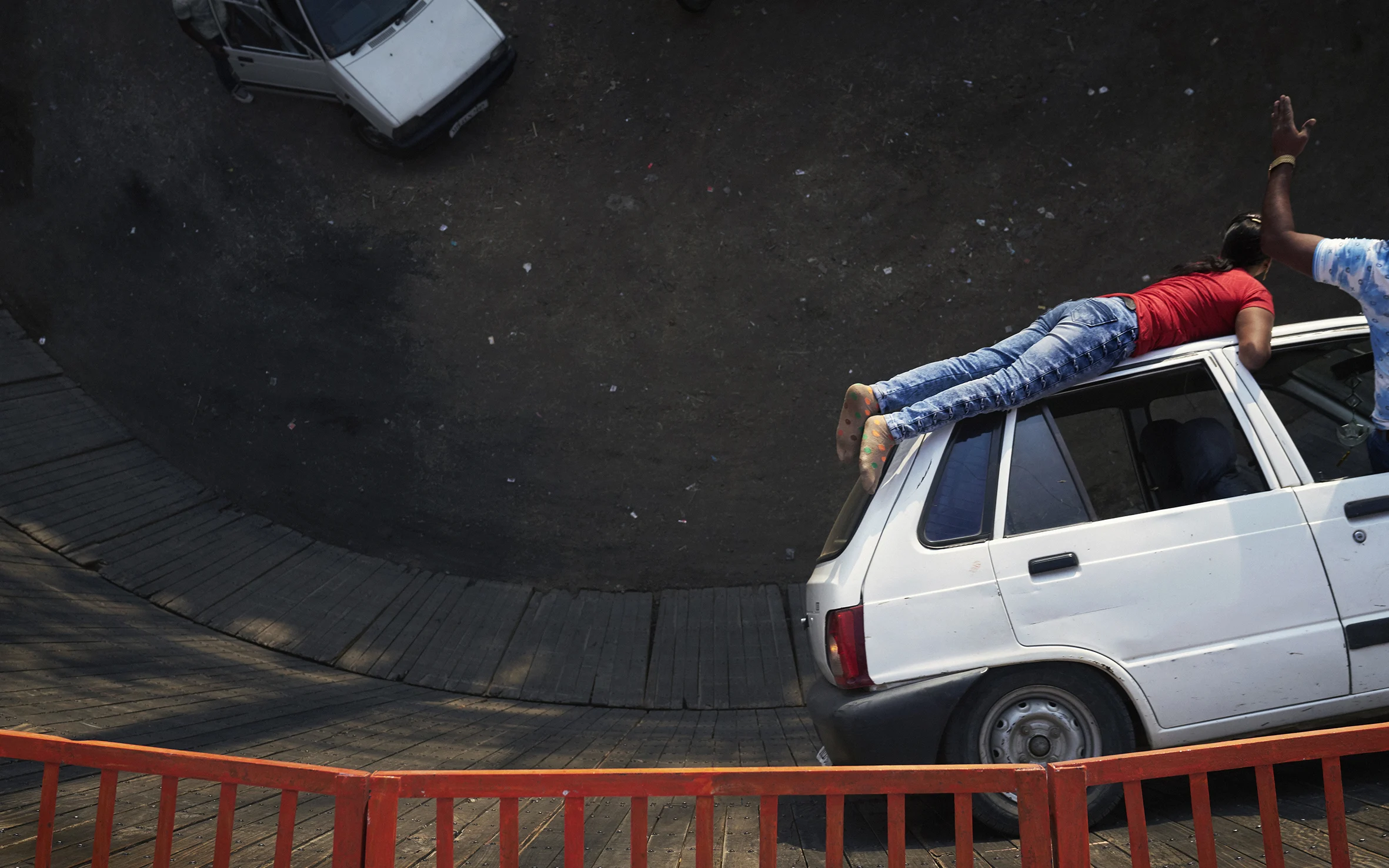
Shooting the Well of Death
GF: The Well is so multifaceted; being there and getting to know all the guys made it even more fascinating to me. I love the action and the motion element to what they're doing. Photographically, the possibilities felt endless, because there are so many different ways you could shoot it, there are so many different textures.
And then also the stories of the individuals who choose to do this, because it's really dangerous. They're on the road away from their families for 11 months of the year. Also when you realize exactly how basic and rough it is in terms of the equipment and what they're using, it's just so fascinating. This is just the way they live their lives, and they love it.
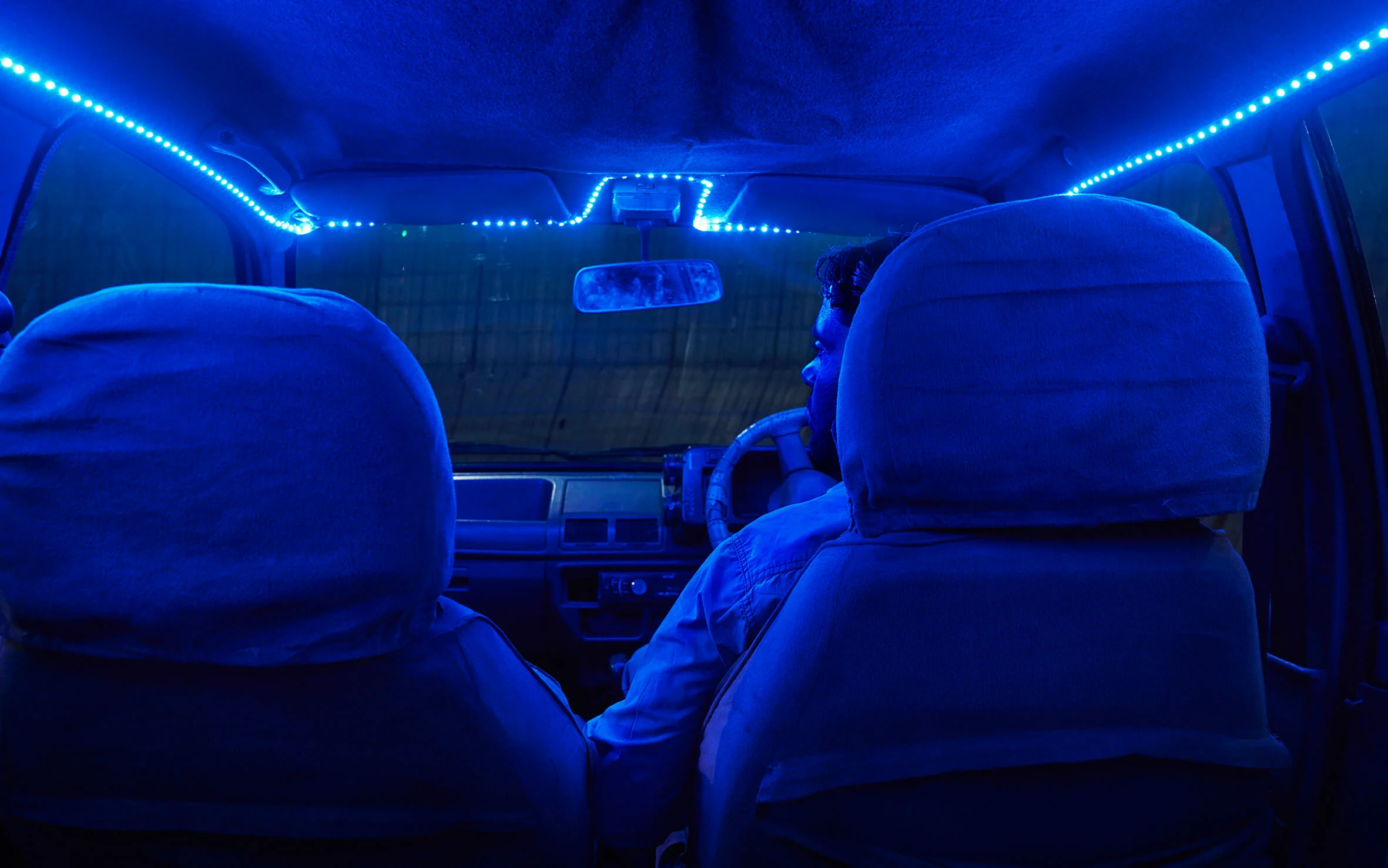
Photographically, the possibilities felt endless, because there’s so many different ways you could shoot it, there's so many different textures.
KH: It's like an old traditional circus, traveling from city to city. It's almost a world of magic, you know what I mean? And you can feel that in the atmosphere, when you walk around the amusement park. There's something magical about that place.
All along the Well were amusement things – there was this haunted house that was just next to it, where you could get in and get spooked. It was very old school, but it really adds to the whole atmosphere.
GF: One of the things we originally wanted to focus on was a female driver. We definitely saw a few women drivers, but there weren’t any interesting photographic stories about them. That was something which made our production a lot more challenging, because we were constantly trying to find a female driver, which seems exceptionally rare.
KH: I think there was only a couple of them, right, in India?
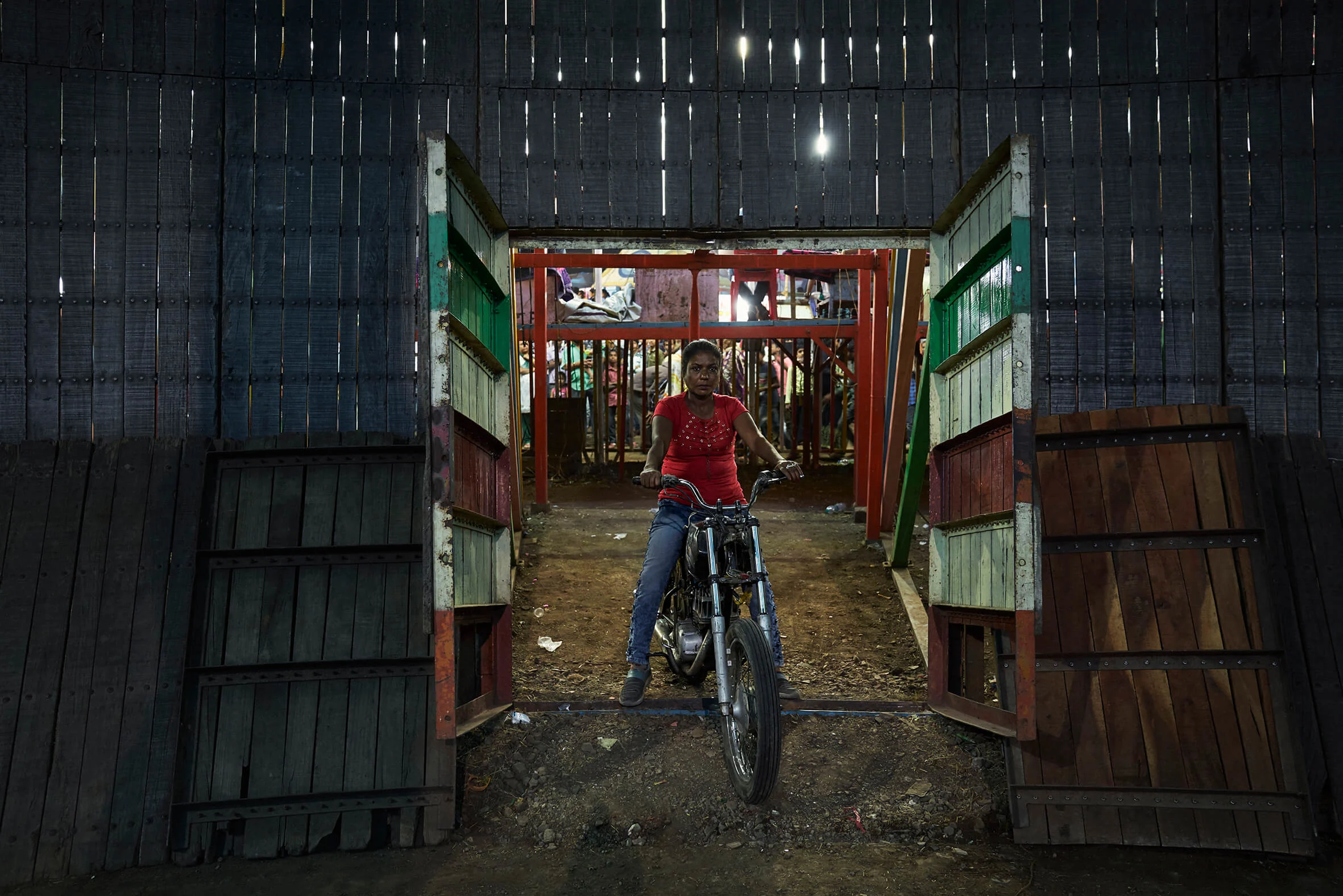

GF: It's a male-dominated occupation. And also, India is obviously a very traditional and patriarchal culture, so that's one of the reasons why we thought it would be interesting to have a strong female lead, which luckily we managed to get. Also a lot of your work is about the relationship between people and their environment. We really captured that in this project.
GF: The first day when we got there all the drivers were super dressed up because they were trying to impress us. It was really sweet, but obviously it's always one of the challenges in situations like that – you just want to shoot people as they are, who they really are, rather than any front.
KH: But I think they loosened up quite a bit after a few days because they got used to us walking around.
GF: At first we were a spectacle to them, and they thought we were kind of weird. But then they forgot about us, which was brilliant because it allowed us to really immerse ourselves in their world.
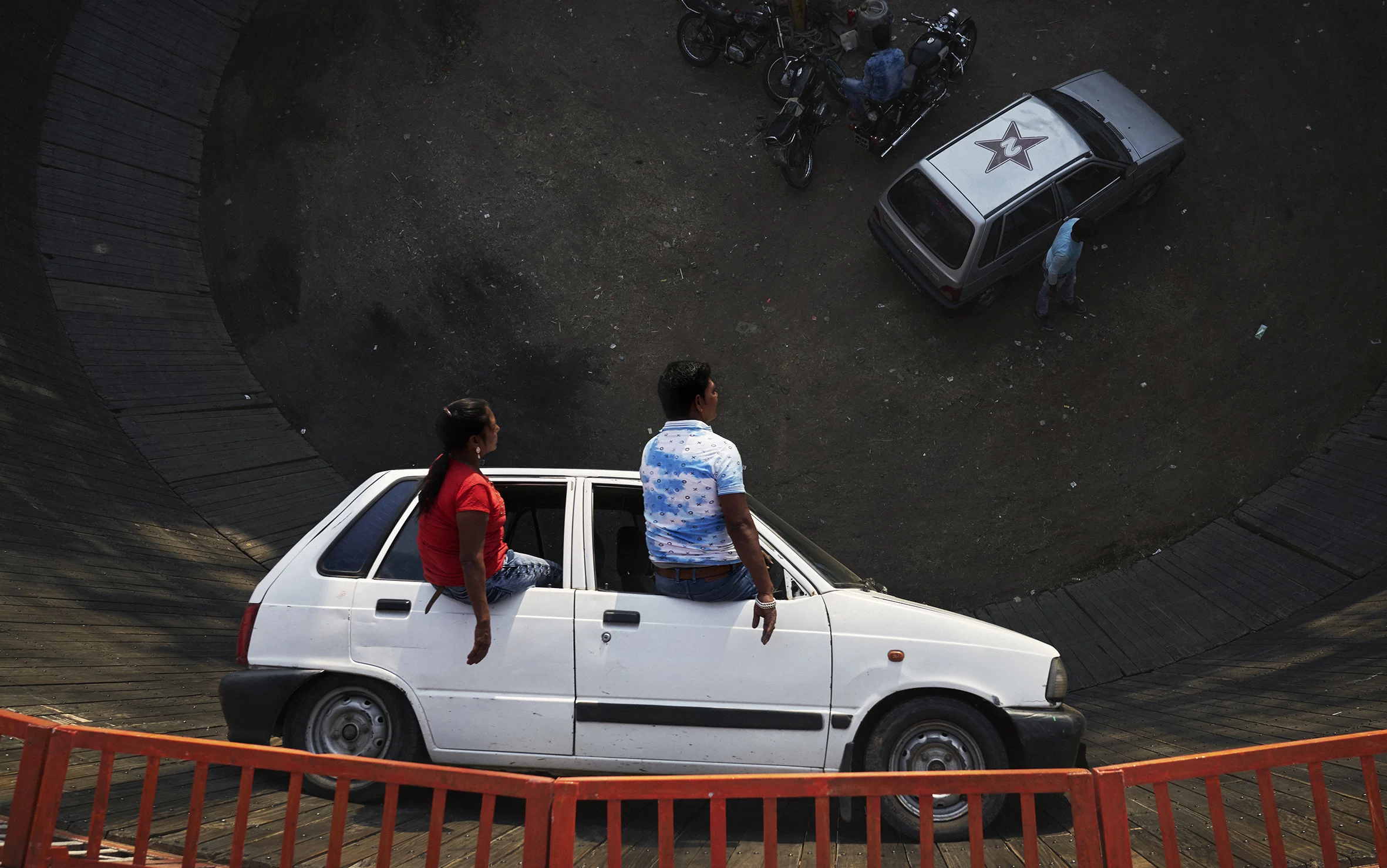
GF: We wanted to capture the energy of the spectacle as well as getting to know the drivers and their individual personalities. It was split between action and portraiture, wasn't it?
All of the drivers had really different personalities. It definitely wasn't a set temperament that it took to do that. Some of them are really shy and some of them are really...
KH: Mature.
GF: Mature, exactly. And that dynamic was quite interesting. Looking back at the images, I'm really pleased with how we managed to tell those individual stories.
The Challenges
KH: It's so loud! I was wearing earplugs most of the time. I couldn't hear what you were saying.
GF: I've never, ever done a shoot which was so stimulating. It was an absolute attack on every one of our senses. It's the smells, the sounds. Everything we saw was so visually bold.
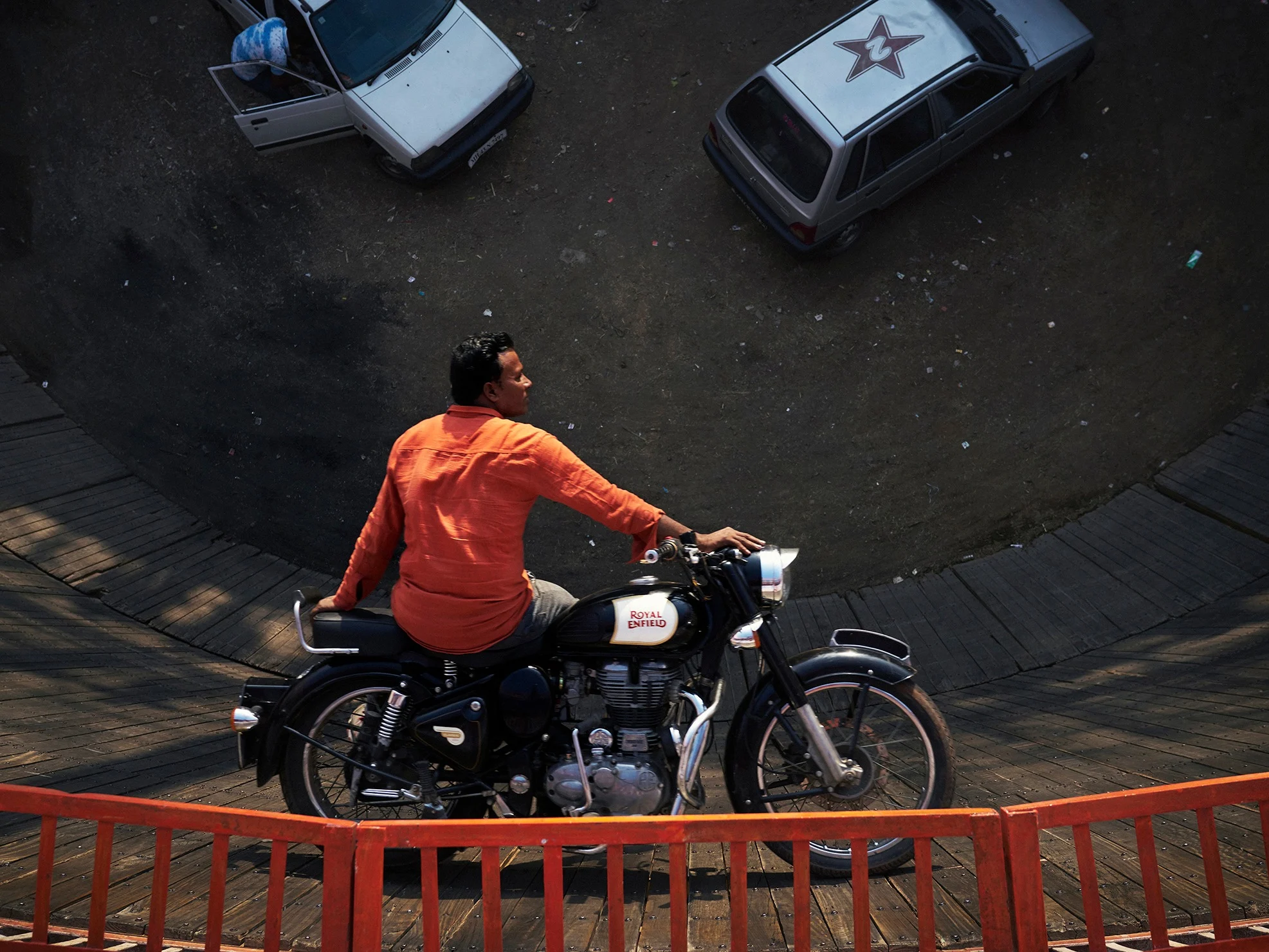
I’ve never, ever done a shoot which was so stimulating. It really was an absolute attack on every one of our senses.
KH: The first day we didn't shoot at all, we just met the people, had a walk around. After an hour we were just completely exhausted because it was so overly...
GF: ...so overly stimulating. We were quiet in the car back to the hotel after that, because there was so much to take in.
KH: Yes. Quiet, and crying a little bit because it was so loud.
GF: It was so intense. I actually forgot how intense it was.
KH: You remember the speaker system in front of the Well that had to attract the crowd?
GF: Oh, yeah.
KH: That's the nice thing about India. It's so crazy in many ways. And that speaker system was so full-on. And combined with these people driving around the Well with these really loud motorbikes. The louder, the better in India.

The louder, the better in India.
GF: We basically had to develop coping strategies how we could work as well as possible in this crazy working environment. The Well was so loud and then you're in a carnival, so there's about 45 other attractions all around you, pumping out music, voices...
KH: And like 30,000 people.
GF: It was really crazy. You forget how intense it was until afterwards.
KH: The smell. You remember the smell.
GF: The smell of the fuel was so strong, it felt like there was just no air in there.
KH: I hope people can get a little sense of that looking through the project, reading about it, seeing the pictures.
Collaborating
GF: I think we had great chemistry from when we first met. We've got a lot of the same reference points. We like this idea of blending classic photography and iconic photography with a modern touch. It's very rare, actually, that we don't love the same ideas.
I work with lots of different photographers and sometimes it takes a little while to get on the same track. With us, we've always been in sync and it feels like every time we collaborate it just gets stronger and stronger.
KH: We have the same vision, so we don't have to negotiate so much on the set. We don't have to argue, which is really nice for a change, because sometimes there are too many chefs.
GF: What's really worked for us is making a rough edit every evening. After you've had a few hours of not thinking about the project to go back and look at what we shot that day and think, Okay, what are we missing? How can we build out the story so it's more cohesive?

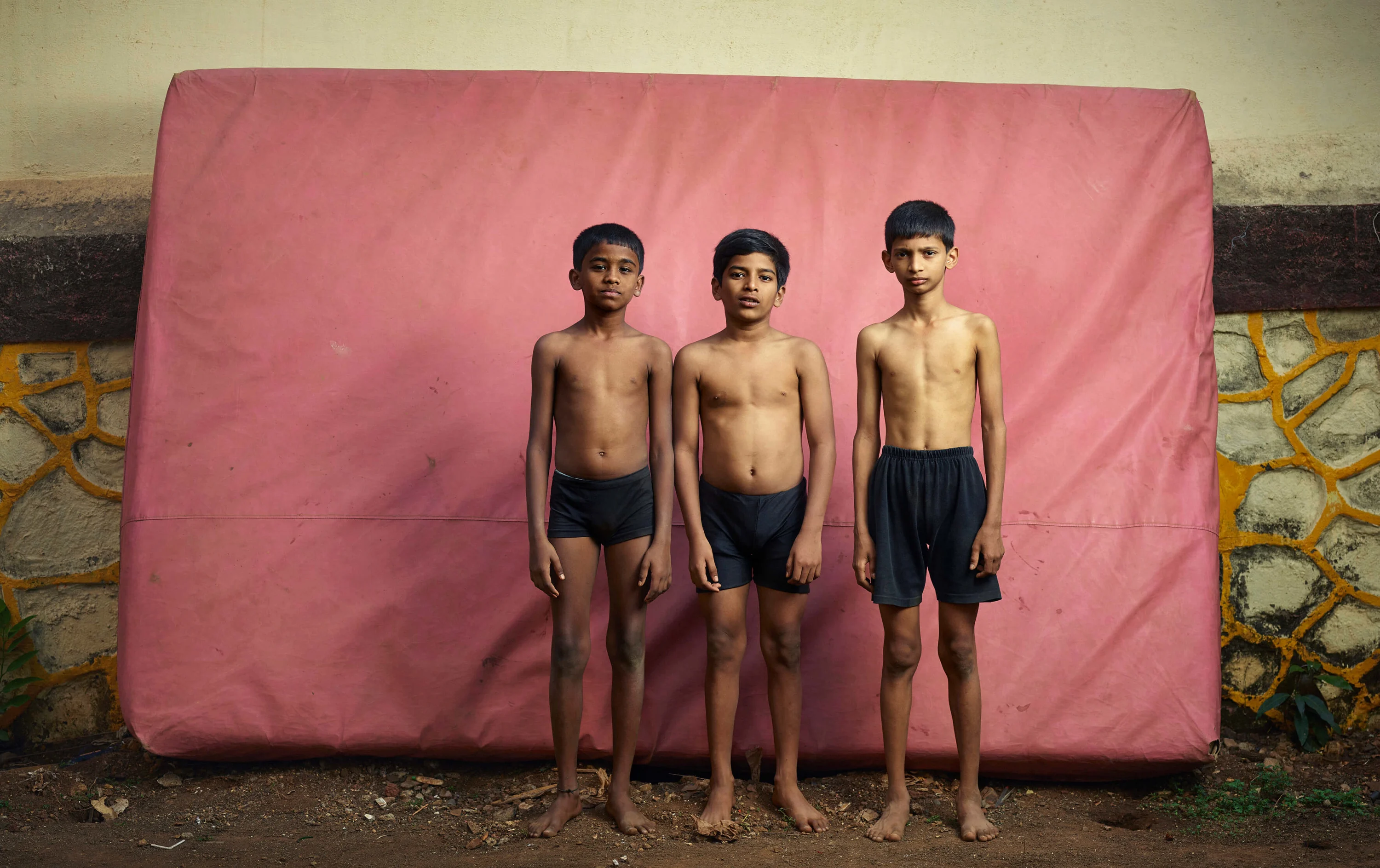
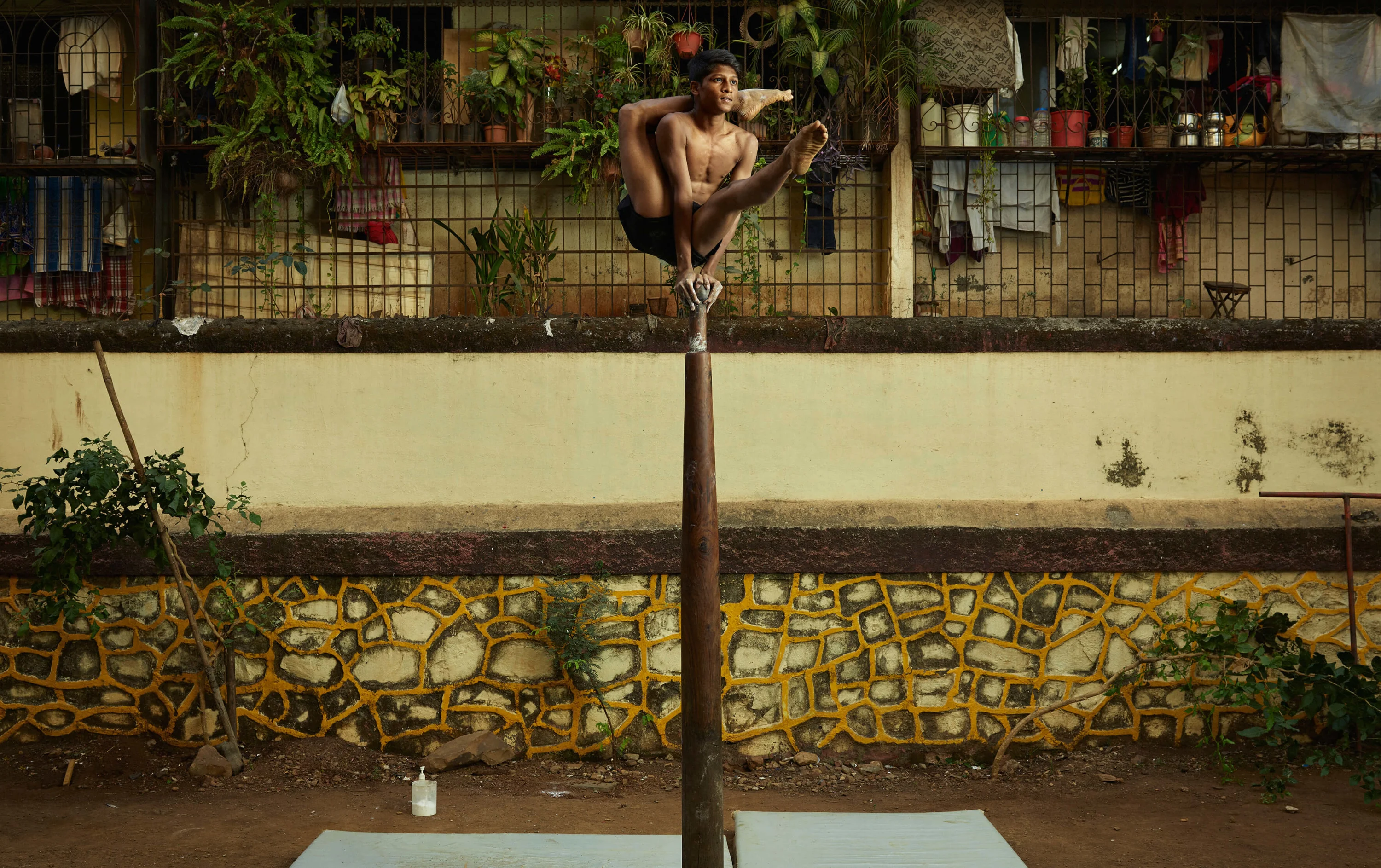
Shooting Mallakhamba
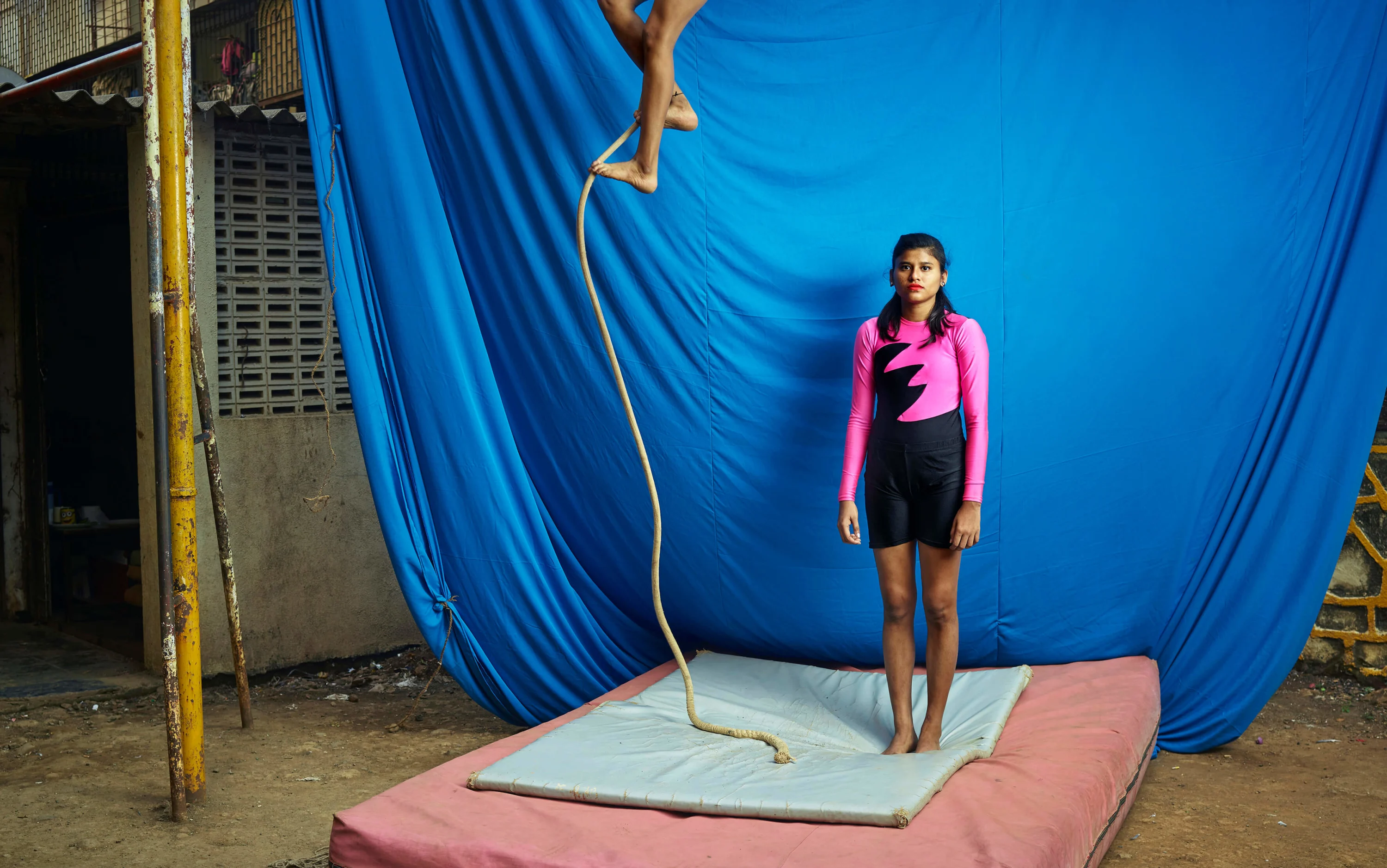
GF: This project was a little bit looser because we decided to do it once we knew we were going to India. We didn't have a couple years planning – it was something we came across in our research and thought, why don't we look into it?
We were drawn to those formations, the amazing ways that everybody's bodies interlock and balance and create these massive dynamic shapes. The sport itself is a blend of gymnastics, yoga and wrestling grips, which come together around a rope, a hanging rope, or a stationary pole.
And it's the state sport of India, but it originated in Mumbai, which is why we shot there. The first mention of it's in 1135, so it's been around for a really long time.
KH: Seriously, that long? I didn't know that.
It's very different from what you see in our part of the world, but they make it seem so easy. They start practicing at the age of four or five. It takes a lot of skill and strength and balance .
GF: Yeah, they make it look effortless.
KH: They're really proud because it's an old, traditional sport. Their team spirit was really nice and even the young ones really loved performing.
GF: There's a real sense of community, which is very powerful and came across in every aspect of how they worked and how they were together and the fun they had.
KH: The older ones were taking care of the younger ones because the parents were not around, so it was like a big family.
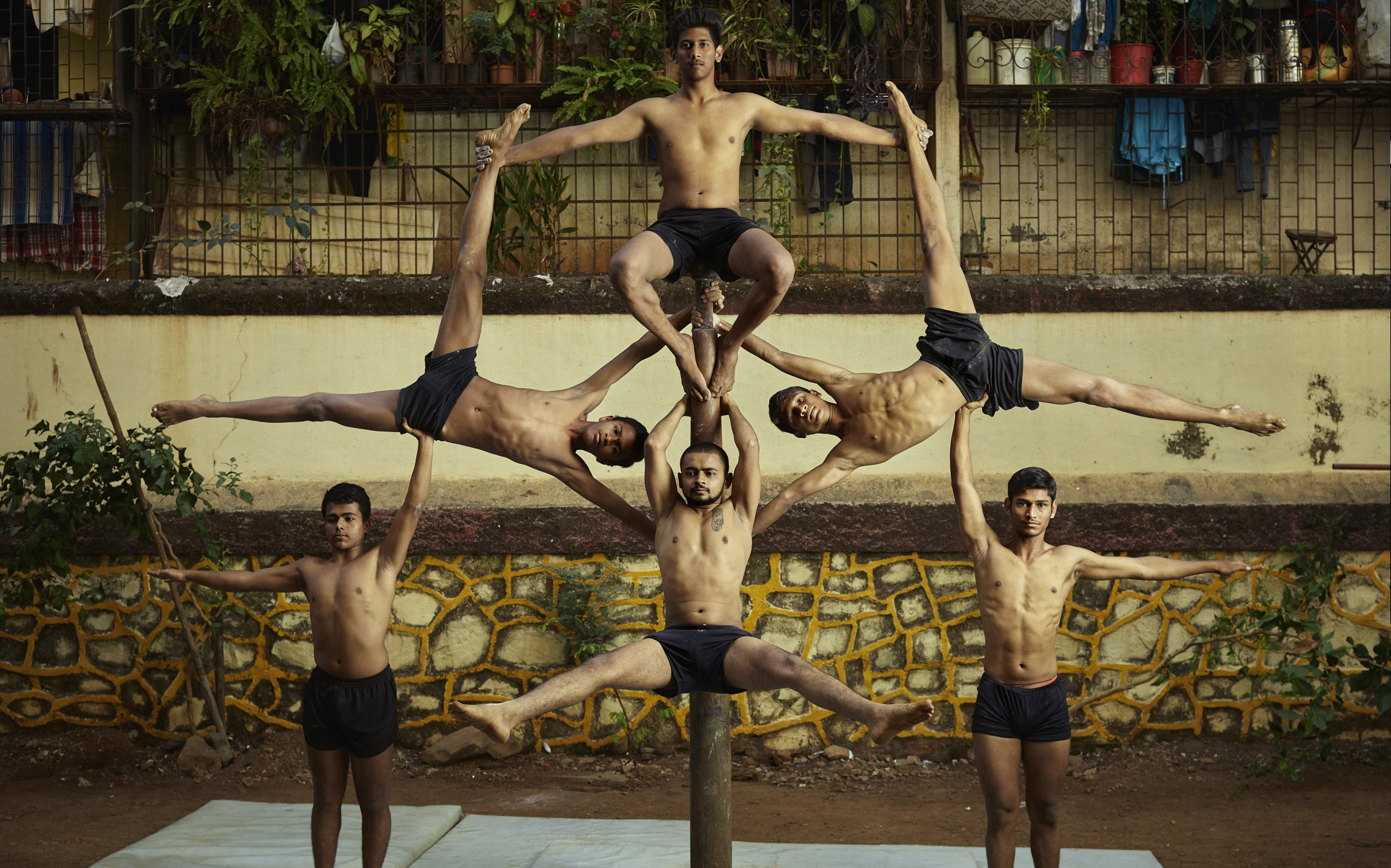
GF: We shot outside the school in a yard, which was surrounded by tower blocks and low-rise buildings. There was something really magical about that space. It felt a little bit stuck in the past but also futuristic at the same time.
I think the kids started at age five and went up to mid-20s. We had to navigate all of those youthful emotions, from the guy who loved to show off in every photograph to the little girl who was incredible but quite shy.
KH: It's always difficult to control and you want to control it to some extent. We also did some portraits, which were more staged.
GF: We had a bunch of reference shots from different Mallakhamba poses dating back 60 years. We showed them those references and they were able to do similar things. That was a really fun part of the collaboration, testing poses and seeing what looked good.
We had some intervention, because we had that huge background made. The space wasn't huge but those limitations were actually quite good because it made us get really resourceful, with the different objects they had in the grounds, and the different ways we could work with the shapes they could create with their bodies.





